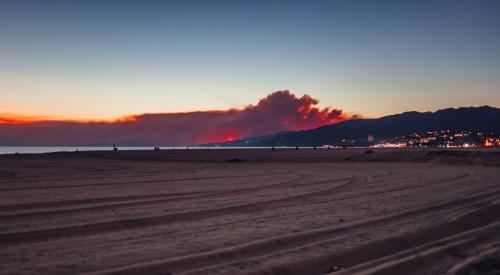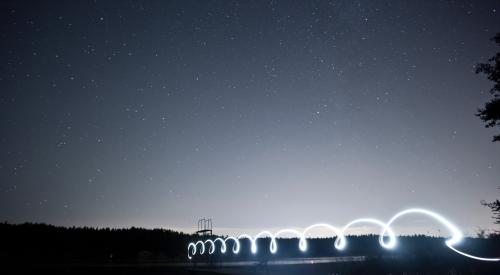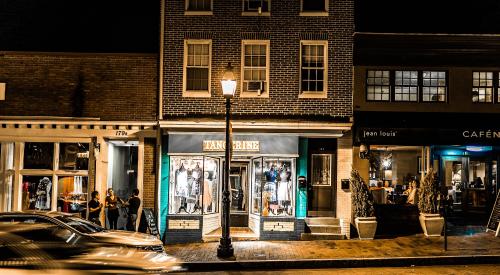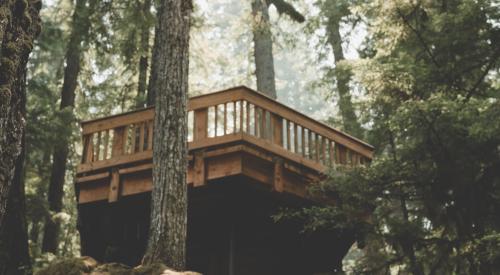All LEED-certified Buildings Eligible for LEED Recertification
The U.S. Green Building Council (USGBC) will begin offering LEED recertification for all LEED-certified projects. Projects must submit 12 months of data demonstrating continued or improved performance to be eligible for recertification. Recertified projects will meet the standards of the newest available version of LEED. The recertification will be valid for three years.
“We want all LEED projects to continue to demonstrate leadership and ensure they are actually providing real benefits to the people who inhabit them,” said Mahesh Ramanujam, president and CEO, USGBC. LEED recertification plays a key role in meeting the intention and spirit behind the Living Standard campaign, recently launched by USGBC.
“LEED recertification will allow all LEED building owners to continue to demonstrate leadership long after the projects are constructed, certified, and occupied,” said Melissa Baker, senior vice president for technical core at USGBC.
Best Solution to Prevent California Wildfire Disasters: Stop Building in Places Likely to Burn
The most effective way to reduce deaths and property destruction from California wildfires would be to stop building in fire-prone areas, and make structures that already exist in those areas more resilient. It's a simple and sound strategy, but it would also be expensive and wildly unpopular. People want to live in the state's stunning wooded landscapes and making homes, businesses, and neighborhoods more fire-resistant could be hugely expensive.
Experts say as climate change causes more frequent and destructive blazes, anything less won’t make enough of a difference to prevent the devastating fires that have swept through the state in the past few weeks, though. California uses the most up-to-date version of model national codes, and doesn’t allow local governments to opt out of those codes.
New homes in places with the highest risk of wildfire get built with fire-resistant materials and construction techniques, but many older structures were not built to those standards. Furthermore, California’s aggressive wildfire codes don’t apply in neighborhoods that may appear safer on paper, but are increasingly affected as fires grow to the sizes that caused so much destruction recently.
3D Cementitious Sandwich Panels Could Save Homes in Wildfires
Some of the homes lost in recent California wildfires could have been saved if they were built using 3D cementitious sandwich panels, according to a recent report at CNBC.com. The panels have a concrete exterior with nothing combustible within them.
RSG 3-D panel buildings have at least a two-hour fire rating, able to withstand an open flame for at least two hours with no combustion. These materials also better serve net-zero home designs than wood.
Minnesota Builder Offers 10-Year Net-Zero Energy Guarantee
Amaris Homes is offering a 10-year guarantee on a net-zero model home in Afton, Minn. The builder is promising that the home will be a net-zero-energy performer, producing as much energy as the occupants use each year, over the 10 years.
The model home includes a 12.1-kW rooftop PV system. Energy savings is $4,500 per year compared to a home built to the state code (the 2012 IECC). It achieved a Home Energy Rating System (HERS) score of 9. Without the PV, the home would score a HERS 39. Typical new homes score 80 to 100 on HERS.
California Referendums Will Help Supply Some Affordable Housing, but Much More is Needed
California voters passed two referendums that will help supply thousands of affordable housing units. Proposition 1 provides $4 billion in funding for veteran income-restricted housing, and Prop 2 expands the so-called millionaire income tax for homeless mental health services that includes supportive housing.
Both of these measures will make money available for affordable projects that would not otherwise be built. Projects aided by the referendums will add badly needed affordable units, but the state needs hundreds of thousands of them. Chronic under-production stems from local opposition to higher multifamily dwellings and the high cost of impact fees, real estate professionals say.













